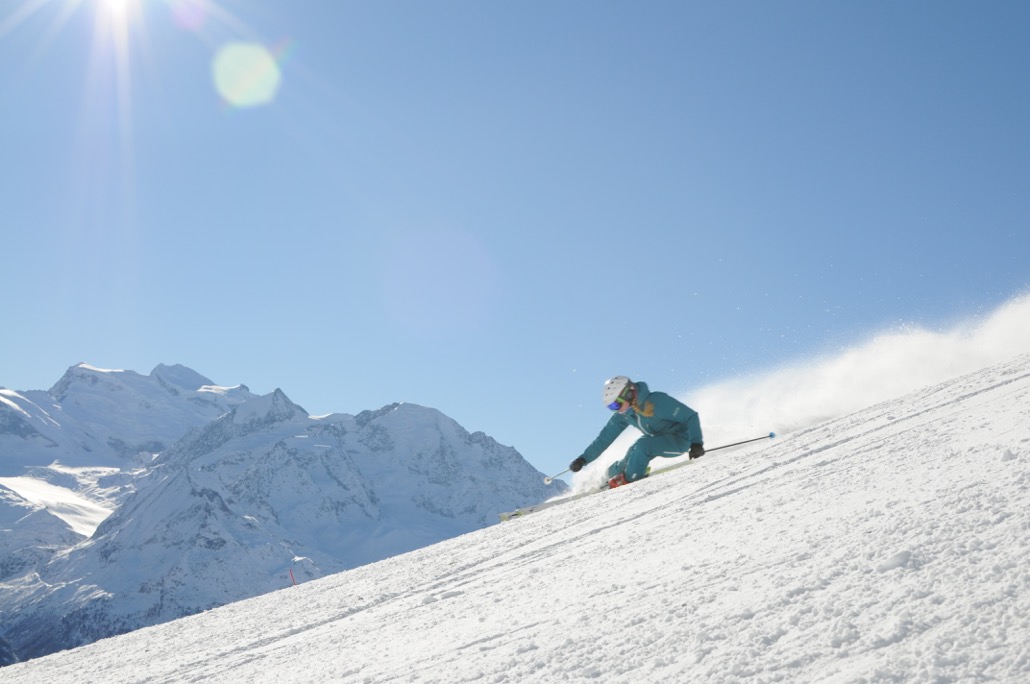Don’t let your ski boots ruin your holiday.

FIND THE RIGHT SKI BOOTS
Ski boots are probably the most important component of your equipment; there is nothing that can ruin a day’s skiing in the same way as achy feet from a pair of boots that don’t fit correctly. Believe it or not, a common problem for those who get pain in their feet is that their boots are too big. If your ski boots are too big you will have to tighten the buckles on the boot very hard to get the foot to stay in place. By doing this you push down the arch of the foot and that cuts off the blood supply. This is what gives you the cramping sensations and cold toes for most of the day on the ski slopes!
A lot has happened in the development of ski boots in recent years, previously you had to choose between functionality and comfort. Today you can combine the two and find a boot that has a snug fit whilst still being able to go an entire day without even thinking about undoing the buckles.
- CHOOSE THE RIGHT BOOT
The first thing you should consider is your ability and be honest with yourself! Are you a beginner? Have you skied since you were a child? This is so that the boot can cope with the power transfer to the ski when you put pressure on it to get the ski through the turn. This will differ very much with what kind of skier you are. If you are going to hang around in the park and do more playful skiing, you will want a slightly softer boot. For hard charging piste skiing you will require a stable and rigid boot and for freeriding you are looking for something in between. Your sports shop should be able to tell you the flex of all their ski boots, if they cant you should probably go somewhere else because that means they don’t know what they are doing! The flex for women’s boots varies between 60-110cm and for men between 70-140cm normally.
- MEASURE LENGTH
The second thing you should do is measure your foot to find the right size; this is most easily done with a pen and paper. Stand up with you heel against a wall and on paper, mark with a pencil on the edge of your big toe and then measure the distance on the paper.
- MEASURE WIDTH
The third is to classify your foot width; do you have narrow, medium or wide feet? You will usually have a pretty good idea of what type of foot you have, given all the shoes you have used throughout your life.
- SKI BOOT SIZING
Ski boot sizes are indicated in Mondo size, which means centimeter measurements internally. So if your foot measures 27.2cm choose size 27.5.
When you put your foot down in the boot the toes should hit the front edge of the boot. When you then tighten the buckles your foot will slip back into the heel grip of the boot and when you flex the knee forward the toes should not touch the front any more. The inside of your boot will widen 3-4mm after a couple of hours of skiing.
WHAT ARE THE LATEST TECHNOLOGIES TODAY?
MOLDABLE LINERS – everything from foam injected to heat molded, its your wallet that has to make the decision! Remember that you can probably have your ski boots for much longer than your skis if you get it right.
INSOLES – this is an easy and cheap way to improve your new or old ski boots. If you look at the original insole in your liners it will remind you of a rag that you use in the kitchen. Then you look at your running shoes and there you will find arch support and a really good fit for the whole foot. We want the same in our ski boots. You can get them custom molded or there is a few brands that makes a well built universal insole, again it’s a question of money.
WALKMODE – is a feature that allows the ski boot to flex a lot more and feel softer.
It’s a great feature for free ride skiing when you might be hiking places, other obvious advantages is lunch and when you hit the dance floor at après ski.
BOOSTER STRAP – the strap that sits at the top of the boot enables you to have closer contact with the tongue and improves the fit of the entire boot. It also gives you good support when you ski and may be adjusted depending on how aggressive you are planning on going.
RENTING OR BUYING
I would always recommend buying your own ski boots unless you are a child and still growing. If you are a normal skier with 2-3 weeks of skiing every year your boots will last you 5-7 years and that will be money well spent.
Your feet are so personal and as we stated at the start, is it worth ruining your holiday with achy feet?
See you on the slopes!
Kenta


Leave a Reply